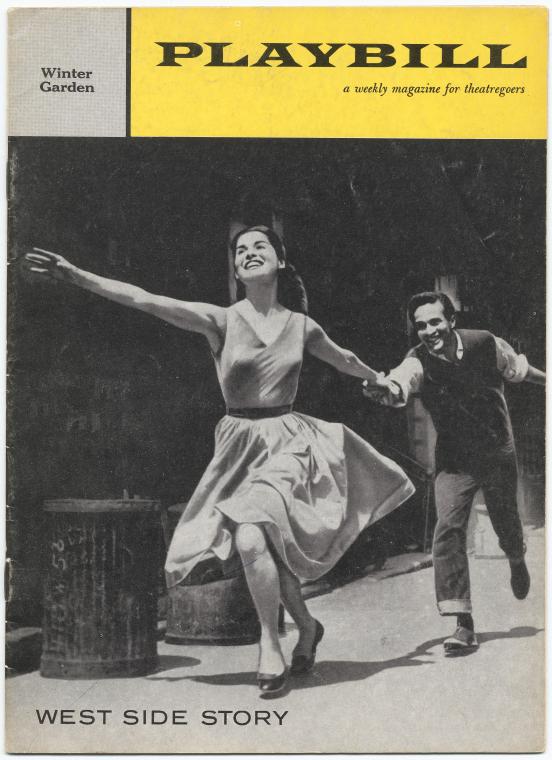The Tree That Still Grows in Brooklyn, And Almost Everywhere Else
Catherine McNeur
The Tree of Heaven, or Ailanthus, gained fame in 1943 as a symbol of endurance in Betty Smith’s A Tree Grows in Brooklyn. In this book about a plucky, determined girl from the tenements of Brooklyn, the tree seemed to embody her spirit. It thrived in cities while other plants withered. As Smith put it, “No matter where its seed fell, it made a tree which struggled to reach the sky. It grew in boarded-up lots and out of neglected rubbish heaps and it was the only tree that grew out of cement. It grew lushly, but only in the tenement districts.” Today, if you ask an urban forester about Ailanthus trees, you’ll find that it’s exactly that kind of resilience that they find most frustrating. Today the Tree of Heaven is considered an invasive species and a problem to be solved. This was not always the case.
Read More









